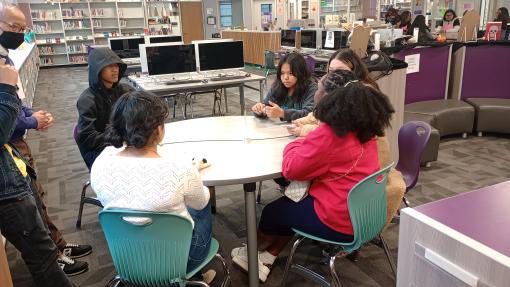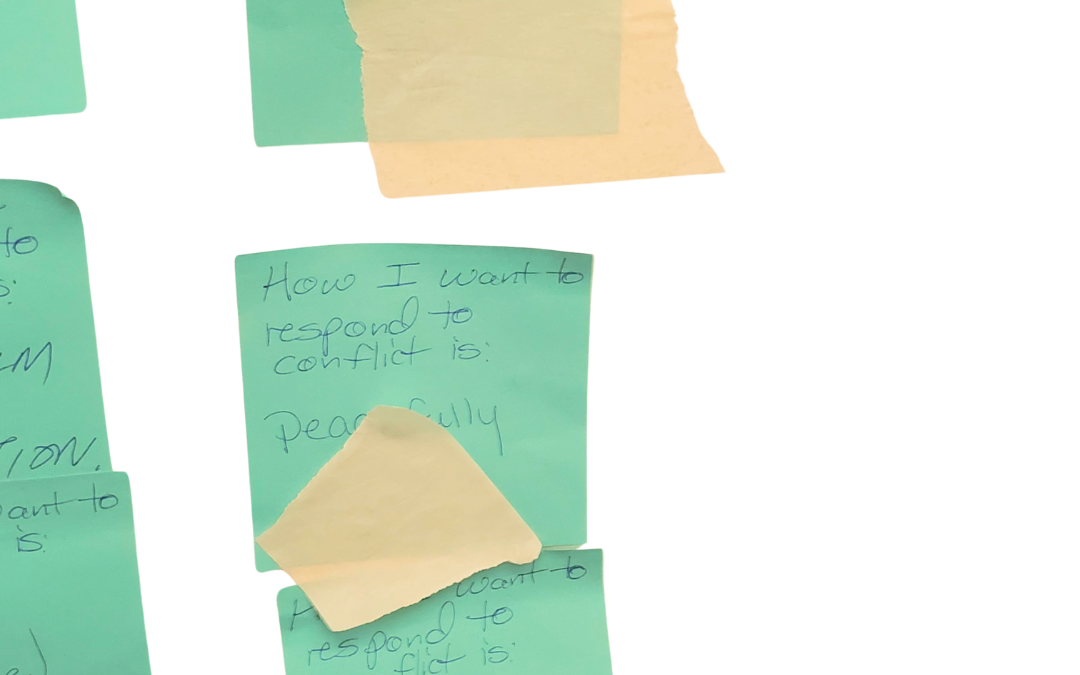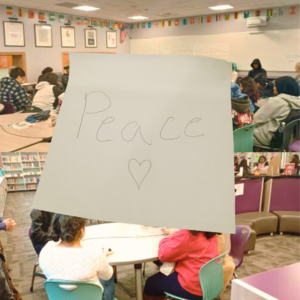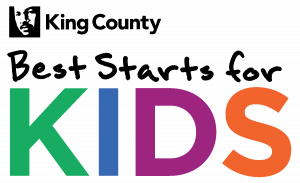
Peer Mediation in Action: From Conflict to Connection
Empowering Youth Through Peer Mediation: A Year in Review
We take a moment to celebrate the incredible progress of our Peer Mediation program and reflect on the positive impact it has had on students, staff, and the broader school community. This year, we have seen an increase in student engagement, skill development, and meaningful conflict resolution through peer-led mediations.
Building Skills for Lifelong Success
Throughout the year, students have developed and honed essential conflict resolution skills, including negotiation techniques and effective questioning strategies. Recent training sessions focused on open-ended and closed-ended questions, giving students hands-on practice in identifying the differences and understanding how the right questions can lead to deeper conversations. Another valuable learning experience came from the classic “orange story,” which helped students grasp the importance of uncovering underlying needs to create win-win solutions.

The “orange story” tells of two children fighting over a large, juice-laden orange, each insisting they need the whole fruit. Frustrated by their bickering, their father cuts the orange in half, giving each child an equal share. However, both children burst into tears. When asked why, the first child explains she needed the zest of a whole orange to bake a cake, while the second child needed all the juice to make orange juice. Had they communicated their true needs, they could have both fully benefited rather than settling for less than what they required. This lesson reinforced for students the power of understanding the root causes of conflicts and how creative problem-solving can lead to better outcomes for all involved. The key is finding what’s underneath the reasoning—to find the value there—so that a solution can be crafted that truly meets the needs of everyone involved.
In addition to structured trainings, students participated in peer circles to learn more about open-ended and closed-ended questions. This hands-on experience demonstrated how different types of questions impact communication and conflict resolution. Students were asked to “notice what kind of information comes out’ when using different types of questions, helping them understand how open-ended questions can lead to deeper discussions and better solutions. The overwhelming consensus was that mediation is not just a beneficial tool but a necessary resource within their school communities.
Growth in Peer Mediation Engagement
We are proud to report an increase in peer mediation referrals at Showalter Middle School, with all peer mediation students having participated in at least two mediations. Several of these mediations have resulted in reconciliations, with students becoming good friends again. The increase in referrals is due in part to stronger coordination with school administrators, as well as a greater presence of KCDRC mediation staff in schools. This hands-on involvement has encouraged students to turn to mediation as a trusted resource for resolving conflicts in a constructive and supportive environment.
Students themselves have voiced their enthusiasm for the program, emphasizing how much they value the opportunity to develop leadership skills and contribute to a positive school culture. Students have expressed a desire for the mediation space to feel like “a place that’s warm and welcoming.” These small but meaningful changes reinforce the importance of student-driven solutions in making peer mediation more effective and accessible.
Looking to the Future
As we move into a new grant cycle, we remain committed to sustaining and expanding our conflict resolution programming. While some schools have fully embraced peer mediation, others have expressed interest in alternative approaches to conflict resolution, including relationship skills workshops and career-focused development. We are actively working with school administrators to explore creative ways to adapt our programming to meet student needs while staying true to our mission of promoting healthy communication and problem-solving.
Furthermore, we have received positive feedback from students about how peer mediation has helped them navigate conflicts more effectively. Parents have also expressed support for the program, recognizing its role in fostering better communication and problem-solving skills. Hearing firsthand how mediation has transformed student experiences will help us refine and strengthen our approach moving forward.
A Heartfelt Thank You
None of this progress would be possible without the dedication of our peer mediators, school staff, and community supporters. Your commitment to fostering a culture of peace and collaboration is truly inspiring. As we await updates on our new funding opportunities, we look forward to celebrating the accomplishments of this year’s mediators and planning for an even brighter future.
Stay tuned for our newsletter in June, where we will highlight the year’s successes and share exciting updates on the next steps for our program.




 The bird puppets, named “Memory” and “Thought,” served as both icebreakers and teaching tools. During opening circles, students passed the puppets around, using them to indicate whose turn it was to speak. This simple yet effective activity helped foster active listening and encouraged everyone to share their ideas. Sue introduced “Memory,” a raven inspired by Norse mythology, to teach students the importance of reflecting on past experiences and setting clear expectations in mediation. Drawing on the story of Odin’s two advising ravens, the activity helped students understand how mediators guide conversations to stay productive, avoiding the chaos of “opening a can of worms.”
The bird puppets, named “Memory” and “Thought,” served as both icebreakers and teaching tools. During opening circles, students passed the puppets around, using them to indicate whose turn it was to speak. This simple yet effective activity helped foster active listening and encouraged everyone to share their ideas. Sue introduced “Memory,” a raven inspired by Norse mythology, to teach students the importance of reflecting on past experiences and setting clear expectations in mediation. Drawing on the story of Odin’s two advising ravens, the activity helped students understand how mediators guide conversations to stay productive, avoiding the chaos of “opening a can of worms.”
